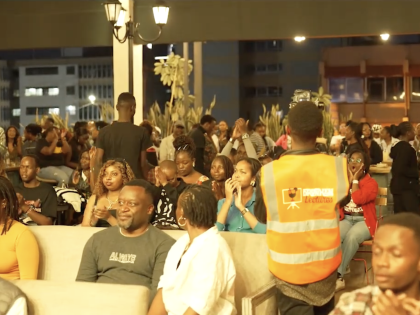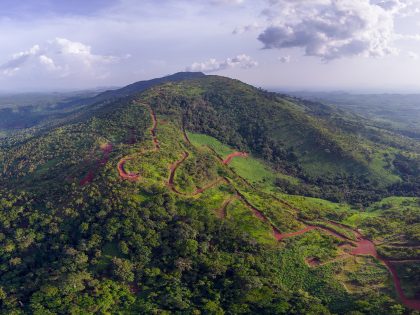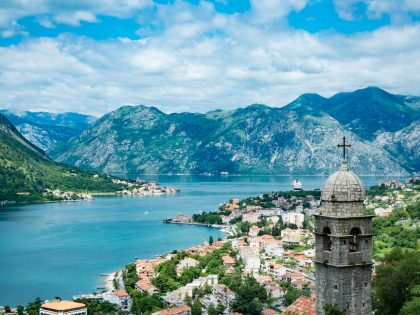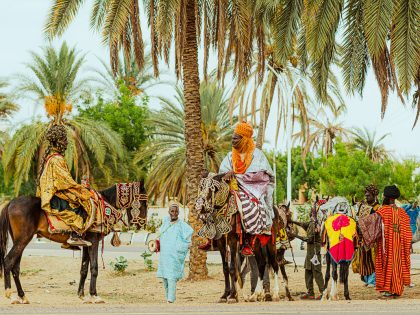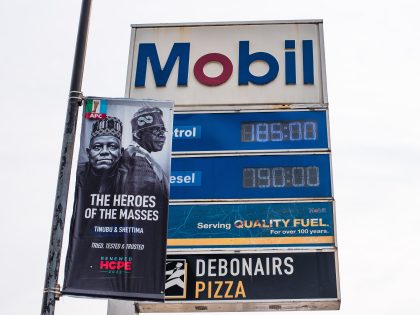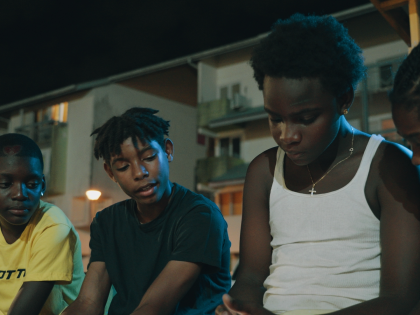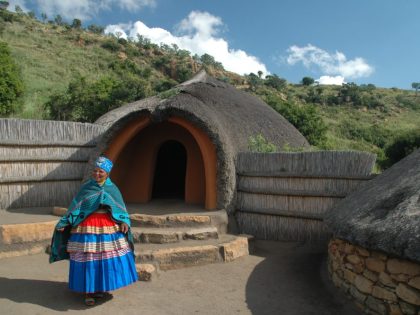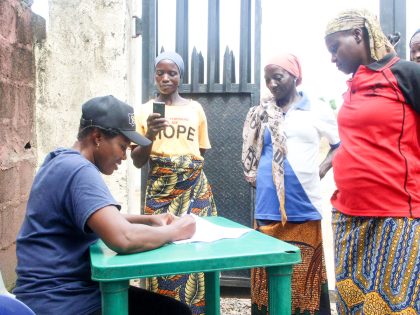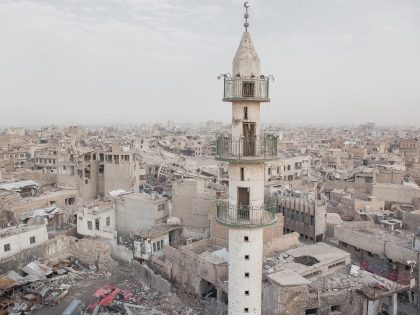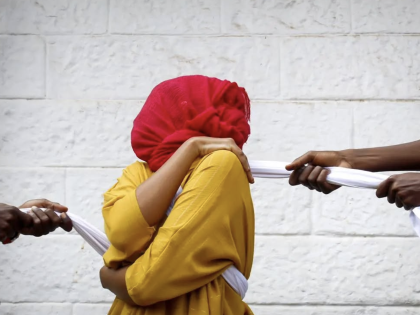Brand Kuduro
How a music genre is selling Angola's oil boom.

Kuduro has already received some attention on AIAC. Remember, when we asked: Is this Cabo Snoop clip intra-continental cultural colonialism? Kuduro means ‘hardass’ or ‘in a hard place’ in Angolan Portuguese or a mix of Portuguese and Kimbundu, depending on how you spell it. And unlike most kinds of Angolan music it has garnered something of an international audience over the years, quite independent of the formal commercial channels of music promotion, be they national or international.* This new video by MC Sacerdote and Dama Linda “Xé! O que falaste!” (Hey! What did you say?) is a good example.
Produced by the Swedish production outfit, Stocktown, the production quality is high and emphasizes the hopeful, horizontal ethics of new technologies. Co-produced with the Angola company Geração 80, the video films Sacerdote and his crew in the musseque Sambizanga, famous for its musicians and kuduristas, as they stop now legendary Luanda traffic and dance on trucks and candongueiros (local blue and white collective taxis and some of the main vectors for spread of new music). I’m struck by the bright green water tank and the Angolan flag, both ubiquitous in Luanda’s visual landscape, the former a sign of the failure of urban infrastructure and the latter a sign of state structure.
Kuduro has been around since the mid-1990s and kuduristas speak of at least three generations of artists. MC Sacerdote and Cabo Snoop are of the youngest generation. The second generation included artists like DJ Kilamu, feisty female artists like Fofandó, and os Lamba, the most notorious Sambizanga based kuduristas. Check out this clip of theirs and the amazing dancing in the tight musseque corners where one of their band members was murdered:
The earliest kuduro artists and animators like Tony Amado and Sebem produced a new form of music and dance drawing from local and foreign sources in the midst of the long years of Angola’s civil war. Amado claims inspiration for the dance from Van Damme in the film “Kickboxer,” though kuduro dance moves certainly have much that is Angolan about them, and claims foundational status for himself.
After Cold War support dried up for Angola’s civil war and popular enthusiasm turned to cynicism, the state and rebel leaders used national resources like oil, diamonds and young people to continue the war. Young men were recruited by both sides to do the fighting. Kuduro dance and music reclaim those bodies for pleasure and a different sort of heroics. (For more on this see the piece by German academics Stefanie Alisch and Nadine Siegert.) Since the war ended kuduro music and dance have become more commercially driven, more colorful, more lyrically complex and more fashion-centered (though for Sebem swag has always been front and center, even his cars often integrate into the day’s outfit). One US marketing firm called it a ‘lifestyle,’ in that vertically optimistically and interested sort of way.
- Sadly, the popularity of kuduro in clubs (even without those on the dance floor knowing the origins of the sounds that move them) has had little affect on ignorance about Angola.
